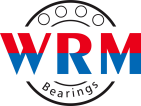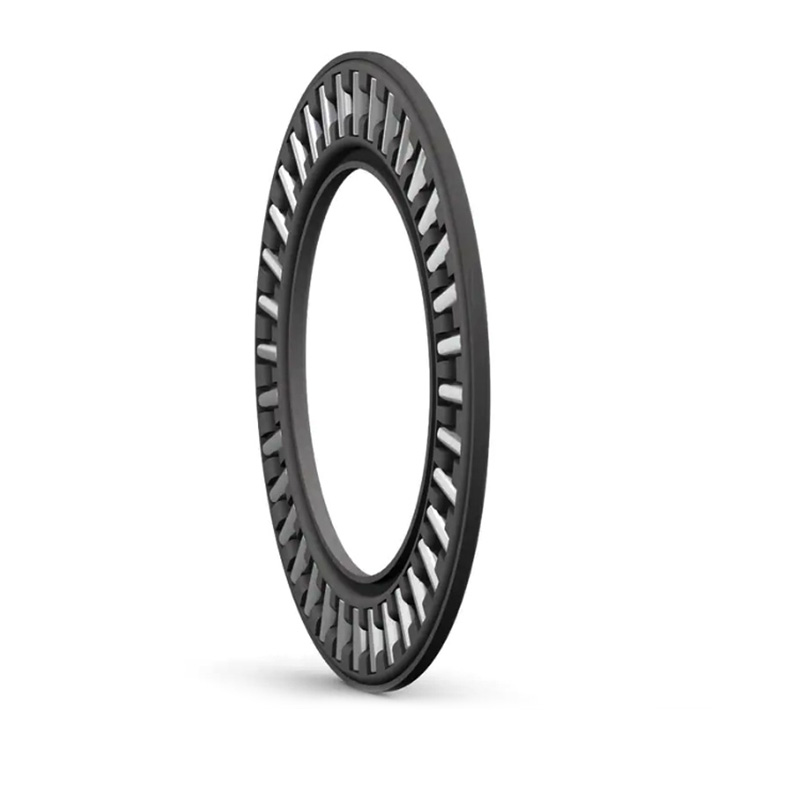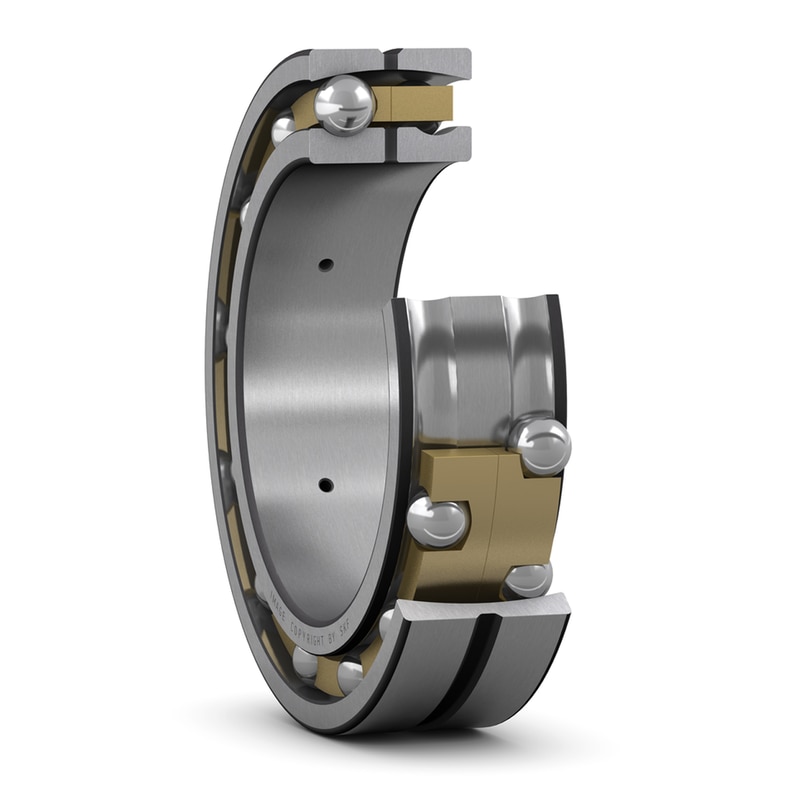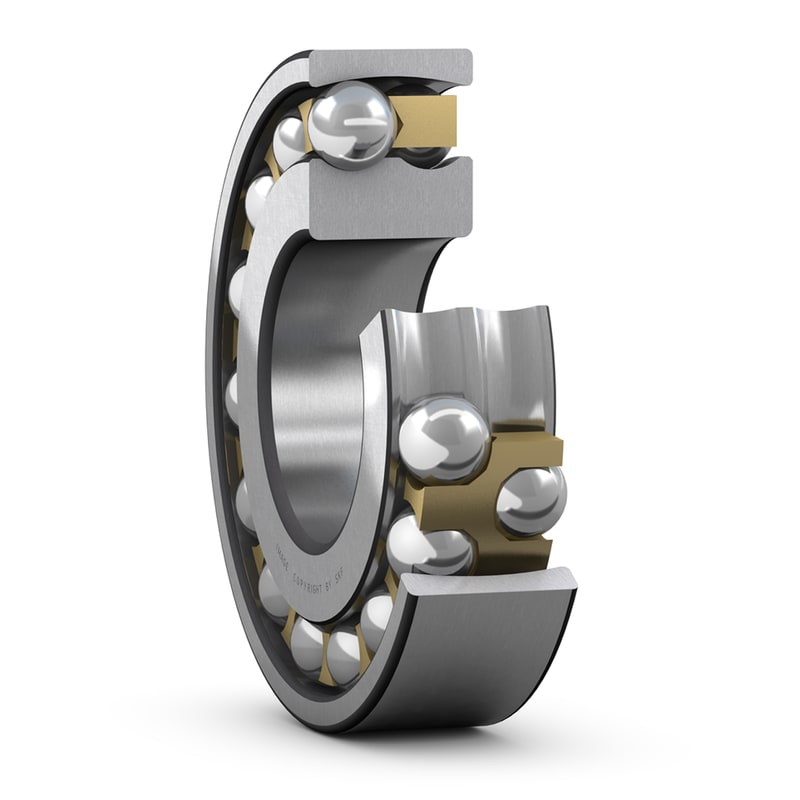Description
Needle roller thrust bearings are a type of thrust bearing that utilize cylindrical rollers instead of balls to carry axial loads. Here are some key features of needle roller thrust bearings:
1. High load-carrying capacity: Needle roller thrust bearings have a high load-carrying capacity due to their design, which allows for the distribution of load over a larger surface area.
2. Compact design: These bearings have a compact design that allows for space-saving in applications with limited axial space.
3. High axial rigidity: Needle roller thrust bearings offer high axial rigidity, ensuring stable and precise axial movement.
4. Low friction: These bearings have low friction characteristics, resulting in efficient and smooth axial motion.
5. High speed capability: Needle roller thrust bearings can operate at high speeds due to their low mass and low friction design.
6. Versatility: These bearings are available in various sizes and configurations, making them suitable for a wide range of applications.
7. Easy installation: Needle roller thrust bearings are designed for easy installation and can be mounted in various orientations.
8. Durability: These bearings are made from high-quality materials, such as hardened steel or stainless steel, to ensure durability and long service life.
9. Lubrication options: Needle roller thrust bearings can be designed with various lubrication options, including oil or grease lubrication, to ensure proper lubrication and reduce friction.
10. Cost-effective solution: Needle roller thrust bearings offer a cost-effective solution for applications that require high load-carrying capacity and compact design.
Overall, needle roller thrust bearings are reliable and efficient components for applications that require axial load support, such as automotive transmissions, heavy machinery, and industrial equipment. They offer the benefits of high load-carrying capacity, compact design, low friction, and high speed capability, making them suitable for various industries and systems.
Needle roller thrust bearings are commonly used in various applications where axial load support is required. Some common applications include:
1. Automotive transmissions: Needle roller thrust bearings are used in automotive transmissions to support axial loads generated by the gears and shafts.
2. Heavy machinery: These bearings find application in heavy machinery, such as construction equipment and mining machinery, to handle the axial loads generated during operation.
3. Industrial equipment: Needle roller thrust bearings are used in various industrial equipment, including pumps, compressors, and gearboxes, to support axial loads and ensure smooth operation.
4. Agricultural machinery: These bearings are employed in agricultural machinery, such as tractors and harvesters, to handle axial loads generated during field operations.
5. Material handling equipment: Needle roller thrust bearings are used in material handling equipment, such as conveyor systems and lifting equipment, to support axial loads and ensure smooth movement of goods and materials.
6. Power tools: These bearings find application in power tools, such as electric drills and impact wrenches, to handle axial loads generated during operation.
7. Marine applications: Needle roller thrust bearings are used in marine applications, including boat engines and propeller systems, to support axial loads and ensure smooth and efficient operation.
8. Aerospace industry: These bearings find application in aerospace systems, such as aircraft landing gear and control systems, to handle axial loads and ensure precise movement.
9. Medical equipment: Needle roller thrust bearings are utilized in medical equipment, such as surgical instruments and diagnostic devices, to support axial loads and ensure accurate movement.
31. Robotics: These bearings are used in robotic systems to handle axial loads and ensure precise and controlled movement.
Overall, needle roller thrust bearings are versatile components that find application in various industries and systems where axial load support is required. They offer the benefits of high load-carrying capacity, compact design, and low friction, making them suitable for a wide range of applications.




